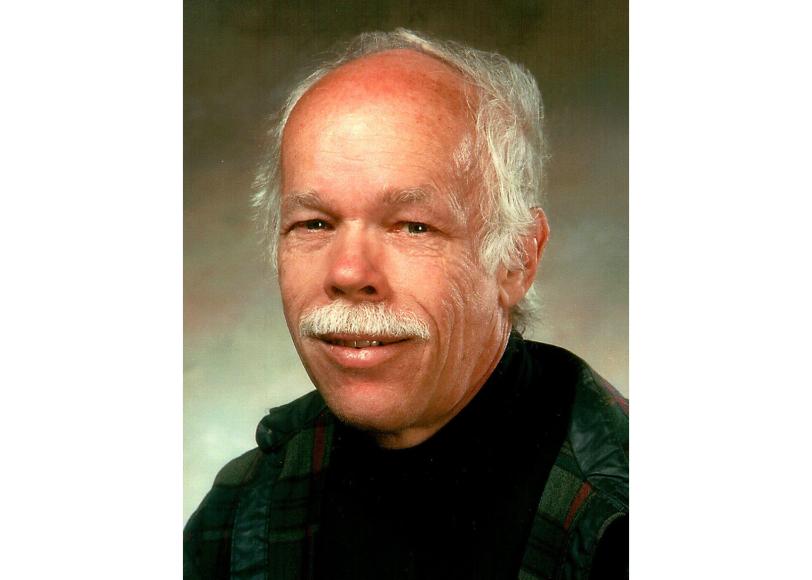Fermi-LAT Designer Awarded 2012 Panofsky Prize
William Atwood, a leading member of the Fermi Gamma-ray Space Telescope collaboration, will receive the 2012 W. K. H. Panofsky Prize in Experimental Particle Physics from the American Physical Society for his work as co-designer of the Large Area Telescope, the main instrument on Fermi, and for using the LAT to investigate the universe in gamma rays.
By Lori Ann White
William Atwood, a leading member of the Fermi Gamma-ray Space Telescope collaboration, will receive the 2012 W. K. H. Panofsky Prize in Experimental Particle Physics from the American Physical Society for his work as co-designer of the Large Area Telescope, the main instrument on Fermi, and for using the LAT to investigate the universe in gamma rays.
"Nobody was more surprised than myself" upon learning of the award, Atwood said. Now with the Santa Cruz Institute for Particle Physics, Atwood was a long-time SLAC National Accelerator Laboratory particle physicist who maintains his lab ties through the Fermi collaboration. "I'd just finished my SLAC cyber-security refresher course when I got this email," he continued. "I thought, 'Oh, jeez, this is just spam.'" But once Atwood confirmed the email's contents, he said, he was "blown away."
In 1970, as a graduate student from Caltech, Atwood joined the team at SLAC that scattered high-energy electrons off protons and neutrons and discovered they were made of something even smaller – quarks. SLAC physicist Richard Taylor, principal investigator, was awarded the 1990 Nobel Prize in Physics for this work. It was obvious in 1970 that Atwood “had tremendous potential," Taylor said, adding that he "was a remarkable physicist, even then."
Stanford physicist Peter Michelson, Atwood's partner in developing the LAT, was not surprised at Atwood's win. "To capture his contributions in a single quote ... I'm struggling," Michelson said. "Bill's deep understanding of particle physics led to the original design of the LAT, and what's flying is essentially that design, which he came up with literally overnight.”
Atwood also adapted the design for use in space and has done substantial scientific work with the LAT, such as contributing "a very efficient algorithm for blind searches for gamma-ray pulsars,” Michelson added.
SLAC managed the development of the LAT, assembled it from parts made at laboratories around the world, and now runs a center that processes LAT data and makes it available to researchers.
Astrophysics and particle physics may seem strange bedfellows, but Atwood has no trouble explaining how a telescope designer could win an award named after the founding director of a linear accelerator, or how a particle physicist could be enticed to work on a satellite.
"Almost all light comes from something hot," he said. In astronomical observing terms, visible light comes from the nuclear fires of the stars. Infrared light comes from hot dust and gas. But gamma rays are an exception to this rule. “Stuff can’t get hot enough” to produce photons of light in the gamma-ray range, with energies measured in the millions and billions of electron volts, Atwood said. What that means is that gamma rays show us the "non-thermal universe" – in other words, the part of the sky that heat cannot reveal.
Only extreme conditions can generate gamma rays, Atwood said – "black holes and neutron stars, pulsars. The gamma-ray sky is full of these exotic objects." And these exotic objects provide the extreme conditions necessary to accelerate particles to high energy.
At first, Atwood said, both the particle physics and the astrophysics communities were skeptical that this telescope was the proper instrument to conduct particle physics research or gamma ray astronomy.
"In the end, a good idea is a good idea and people came around," he said. In fact, "this instrument would not have been possible without the active participation of both communities."
Related Link

(Photo courtesy UCSC)